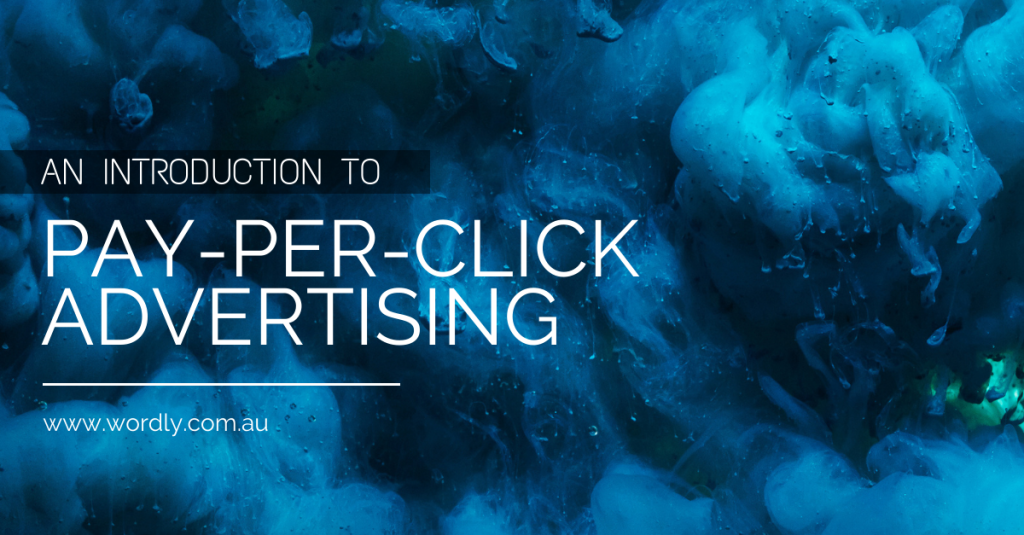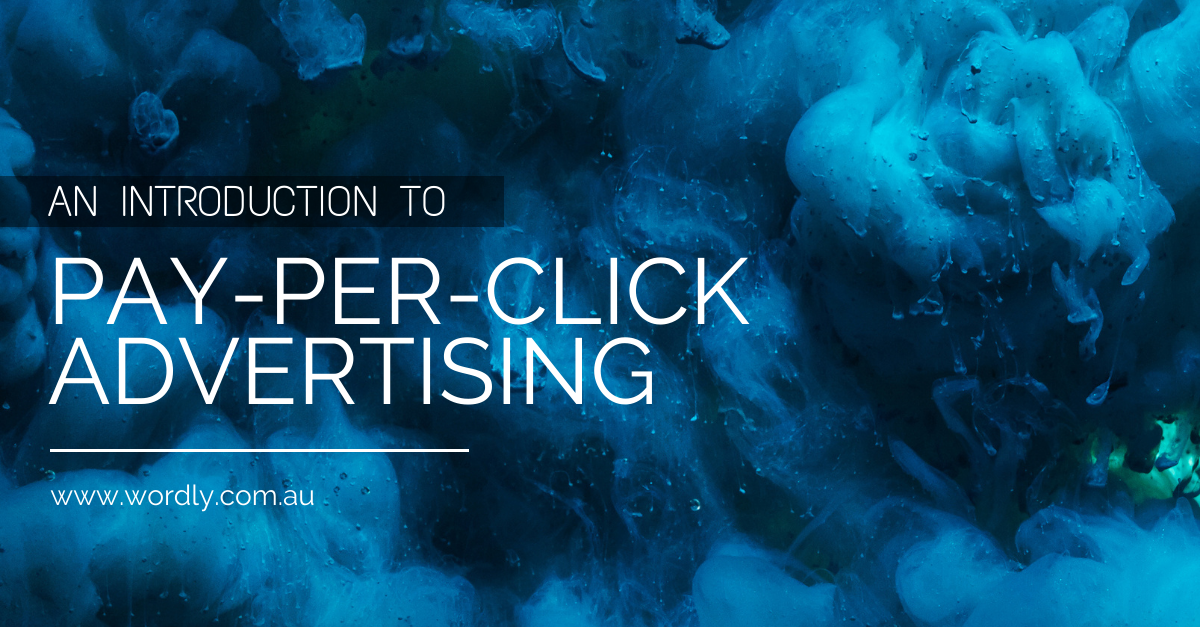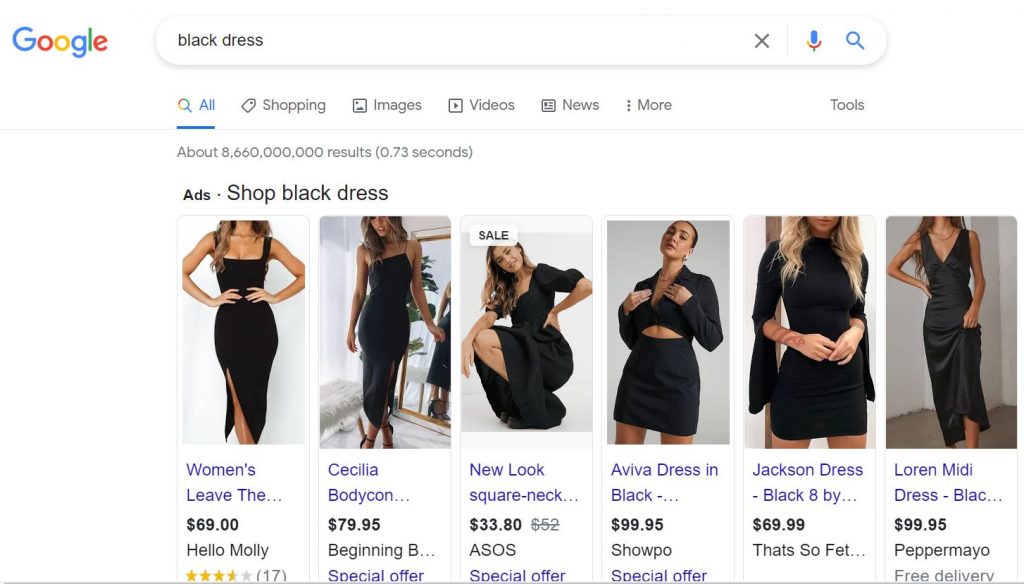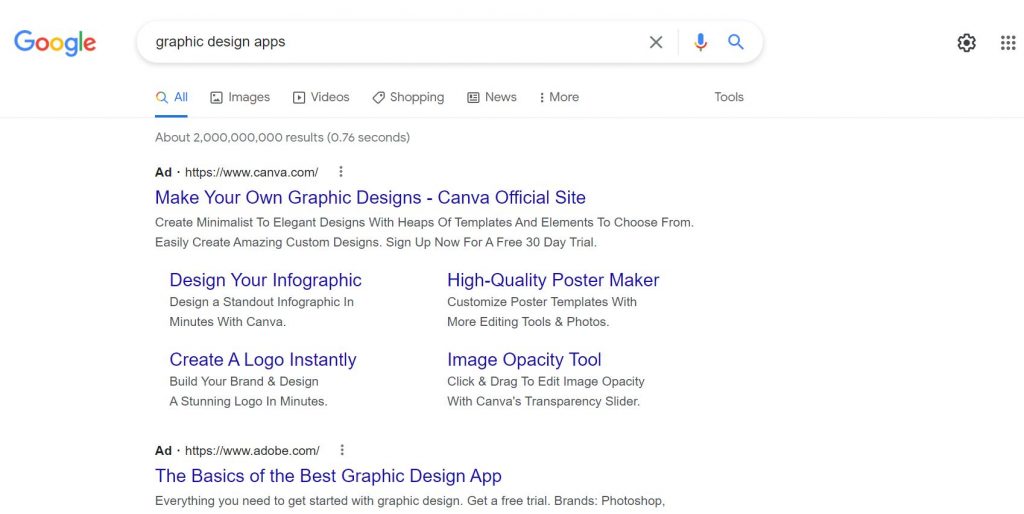You may have heard of pay-per-click (PPC) advertising as a one way ticket to the top of Google’s search results? Or perhaps it’s yet another digital marketing acronym you’ve punted into the ‘too tricky’ basket.
Either way, if you have a company – and want to increase its online lead generation – then PPC is probably (um, definitely) something worth exploring.
To put it bluntly, there’s no shortage of competition when it comes to getting your website noticed on Google. We’re talking an online landscape of 1.7 billion other websites also vying for the attention of internet trawlers.
There are two ways to wrangle your share of online visibility – paid advertising and organic marketing. Both methods are geared towards increasing the visibility of your website in the search engine results pages (SERPs). But while one buys its way up the food chain, the other leverages content to earn its way up.
So, let’s dive into the paid side of online marketing – specifically PPC.

What is PPC
PPC advertising is a form of paid online marketing. Search engines, social media and third party websites can allow advertisers to place adds on their platform. Each time that ad is clicked, the advertiser is charged a fee – hence ‘pay-per-click’.
The most common form of PPC advertising is Google Ads. You’ve no doubt witnessed the prominence of these ad slots that thrust themselves into the forefront of your innocent googling.
PPC is widely considered an effective form of advertising, since you essentially only pay for the leads your ad produces. Wordstream found that the average business saw a $2 return on every $1 that they spend on Google AdWords.
A 100% ROI sounds pretty good, hey? If only it were that simple.
It’s important to realise that PPC advertising isn’t a one size fits all solution to your online traffic woes. We’ll explore how the model operates while weighing up its pros and cons to determine if it is the right fit for your website.
How Does PPC Work
We’re going to focus our attention on understanding Google Ads for today. With an ad revenue of $134 billion, it’s the most popular provider of PPC services. It also has one of the most user-friendly interfaces, making it a great place to begin your paid marketing journey.
Through Google Ads, marketers ‘bid’ on chosen keywords which they want their ad to appear against. When a searcher punches in these keywords, an ‘auction’ is triggered between the advertisers vying for visibility.
Unlike a conventional auction, there is no one single winner whose ad will then rocket to the top of the results page. Instead, the auction determines the how high each ad may feature and for how long.
How the Google AdWords Auction Works
To make the process even more confusing, the highest bid doesn’t necessarily secure an auction win.
When an auction is triggered, Google will dig into its pool of advertisers for the given key word. The ‘winners’ of the auction will be the advertisers with the best ad rank.
“What is an ad rank” you ask? Excellent question.
An ad rank is a calculation of your maximum bid amount multiplied by the quality of your ad content. The quality of your ad content factors in your click-through rate, relevance, and landing page quality. It operates quite similarly to the principles of SEO.
| Company | Bid amount | Quality score | Ad rank |
| A | $2 | 9 | 18 |
| B | $4 | 4 | 16 |
| C | $9 | 1 | 9 |
As you can see, since company A has better ad content, they are able to secure a better ad rank for less money than company B and C.
The cost per click (CPC) for the ad is then calculated based on the minimum amount you can pay for the slot you secured.
Pros and Cons
Pros of PPC Advertising
- The biggest benefit to PPC is that it provides fast results. Unlike SEO which takes time to climb your website up the SERPs, successful PPC bidding will immediately put you at the top of the relevant search results
- You can be extremely specific with your ad targeting, down to your desired audience age, location and previous online activity
- Google Ads has an awesome interface which makes tracking your results and ROI simple
- Sitting at the very top of search results brings with it the potential for huge exposure. In fact, according to Wordstream, 41% of clicks go to the top three ad slots
Cons of PPC Advertising
- If not informed by strategy (in terms of keyword selection, bid amounts and ad content) it can be difficult to see an ROI
- It’s a costly long term advertising strategy. You are constantly forking out every time click to your website is made, paying premium price to sit in a position of prominence in the search results.
- Unlike SEO where you are progressively building a passive lead generator, PPC is reliant on continued ad spend to maintain leads.
The key to a successful PPC campaign is having it underpinned by strategy. The best way to do that is to enlist the expertise of paid marketing specialists. Wordly happen to have a team of PPC pros who can finesse your campaign into a turbo-charged traffic magnet. Just ask us how!





